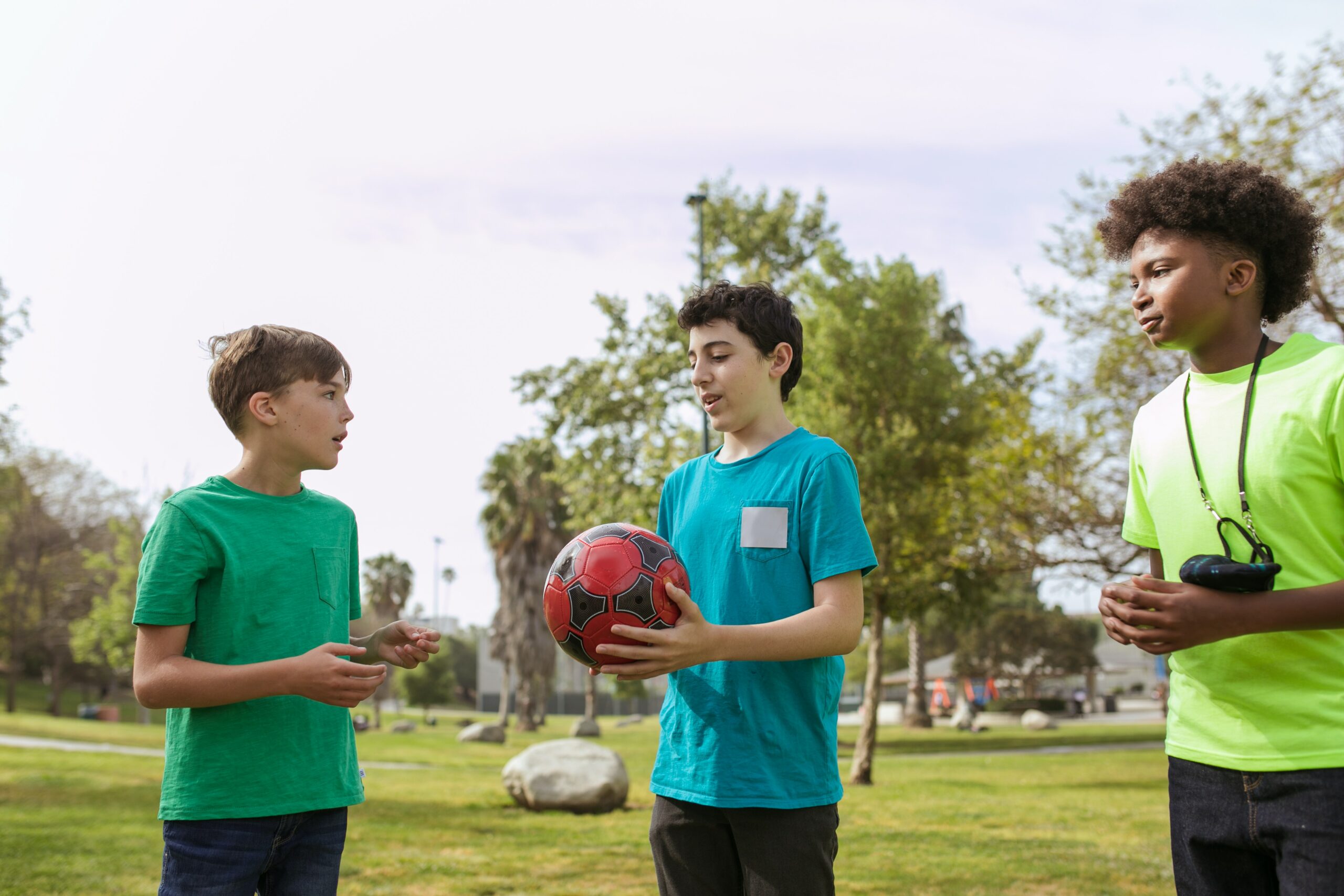First Aid Treatment for Bruises: Bruises are often a surface injury and are not typically something to cause undue worry. These injuries do not require further medical attention, and we can treat them at home.
However, in some cases, a person may want to seek medical help for their bruising. Read on to learn more about bruises and when you should worry about them.
What Is A Bruise?
A bruise (or contusion) is a mark on the skin caused by blood trapped underneath the surface. They are spotted as dark, discolored areas on the skin areas that form when blood seeps into surrounding tissue, often due to a bump or hit to the body.
Bruising occurs when an injury crushes the small blood vessels but does not break the skin. It can result in those vessels to break open and leak blood under the skin.
Anyone can get bruises, but some people get it easier than others. It is because of several factors, including the toughness of skin tissues, any underlying medical conditions, taking medications, and more.
Elderlies also tend to bruise more easily because blood vessels become fragile as we grow older.
Bruise Colors: Stages Of Healing
During the healing process, the bruise may undergo some color changes.
- After the skin injury, the bruising will start a red color because fresh, oxygen-rich blood has recently pooled underneath the skin.
- In 1-2 days, the blood loses oxygen, causing a color change. The bruise may appear blue, purple, or even black,
- In 5-10 days, the bruise will turn yellow or green. It is because of the compounds called biliverdin and bilirubin that the body produces when it breaks down hemoglobin.
- In 10-14 days, the bruise will turn to a shade of yellowish brown or light brown.
Once the bruise has turned into a light brown color, it will begin to fade. The whole healing process will take about two weeks.
Bruises: First Aid
If there is external bleeding and bruising, stop the bleeding first by doing these steps.
- Locate the wound or source of bleeding.
- Wash your hands and when possible, wear gloves to serve as a barrier between you and the wound.
- Wash your hands and, when possible, wear gloves or use a barrier between you and the wound.
- Remove any loose debris, but never pull any foreign object from a wound that is embedded.
- Using a sterile or clean dressing, apply direct pressure.
- elevate the injured area above the heart (unless a broken bone is suspected)
- If the bleeding does not stop after 15 minutes of the above first aid measures, seek prompt medical care.
First Aid measures for bruises are as follows:
Apply A Cold Compress
As soon as there is a bump, apply a cold compress to keep the amount of bruising and swelling. Doing this technique will slow down the blood flow to the injured spot.
Apply cold to the bruise for 15-20 minutes, three to four times a day, after the discolored spot appears.
Raise The Area
Raise the bruised area above the heart level to help reduce swelling and bruising. Rest and prop the injury on pillows or any soft layers, if possible.
Take Pain Medications
Pain medicine might help in the healing process. Take acetaminophen if needed.
Wrap The Bruise
If the injured part is swollen, it may help to wrap it loosely using an elastic bandage to provide some support.
Complications Of Bruises
Frequent and easily bruising may be because of certain medications you are taking. Medicines such as aspirin and anticoagulants can make you more likely to bruise.
In rare cases, easy bruising indicates more serious medical problems like blood clot issues or disease.
If you or someone you know has suspicions that their bruises are something more than a normal bump or discoloration of the skin, seek professional help as soon as possible.
Consider talking to your doctor or someone who specializes in this field.
Learn First Aid
Most bruises usually fade in time and do not require further treatment. However, the performance of first aid after an injury or direct trauma to the skin may help reduce swelling and discomfort.
Learn how to treat bruises and other injuries by getting a first aid course.
For more information, check our course page or get in touch with our team at the First Aid Courses Darwin.








